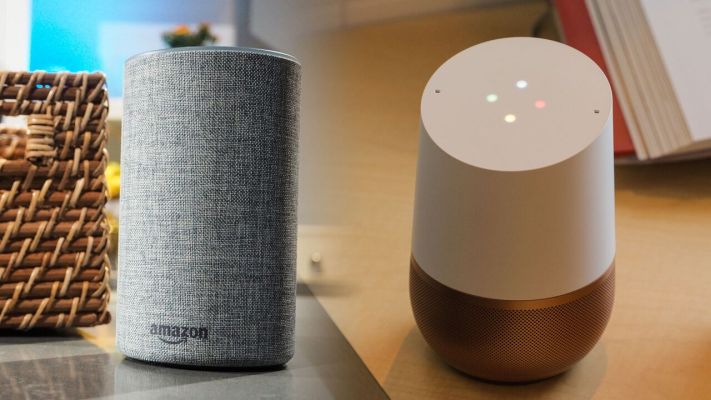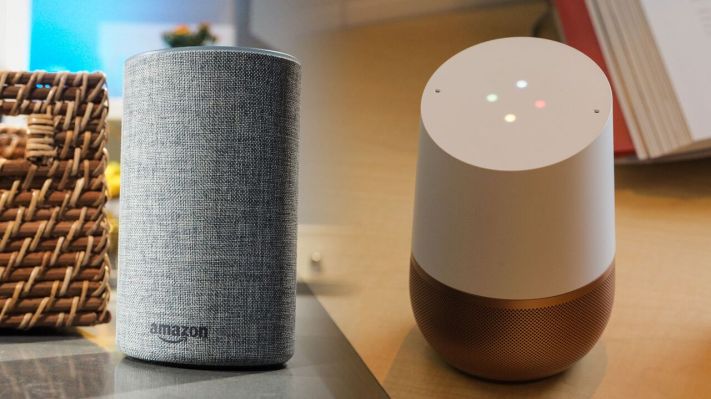

The growing popularity of smart speakers like Amazon Echo and Google Home will lead to an explosion in voice-based shopping, according to a new market research report from OC&C Strategy Consultants out this week. The firm is bullishly predicting that voice shopping will grow to a whopping $40 billion-plus in 2022, up from $2 billion today across the U.S. and the U.K.
This sizable increase will be driven by Amazon’s smart speaker sales, in particular, the report said.
This forecast far exceeds earlier estimates of voice shopping revenues in the years ahead. While not an exact comparison, RBC Capital Markets recently predicted Amazon would generate $10 to $11 billion in sales from Alexa devices – including device sales themselves and voice shopping – by the year 2020.
But this new report believes the rapid adoption of smart speakers means we’ll also see a massive increase in voice shopping.
Today, 13 percent of U.S. homes have a smart speaker, and 36 percent of those homes regularly use the device to make purchases, the report says. In the U.K., 10 percent of households have a smart speaker and 16 percent use it to regularly make purchases.
But even more people have used the smart speaker to make at least one purchase, even if they’re not regular voice shoppers. 62 percent of smart speaker owners in the U.S. made a purchase, and 44 percent did in the U.K.
The report also found that those who own a smart speaker tend be younger, wealthier, and more likely to live in “family” households with children – all factors that could contribute in their own way to driving more voice shopping purchases. That is, younger people are generally quicker to embrace new technology; wealthy people will opt for convenience even if prices are higher at times; and heads of households are often too busy to get their shopping done locally, and will ask Alexa or Google Home for help instead.

However, the products currently being shopped by voice are lower value items, bought as a one-time purchase. Grocery (20%), entertainment (19%), electronics (17%), and clothing (8%) are the top categories of purchases. Meanwhile, only 39 percent of the consumers say they trust the personalized product suggestions from the smart speakers, and most people are just buying something they already know.
The fact that people don’t use voice speakers for product discovery – they way they do on web and mobile – could be an issue in the future if companies, particularly Amazon, can’t figure out how to improve their recommendations and push more people to make regular household purchases via voice. That could also impact this high $40 billion estimate, which feels a bit optimistic for now.

